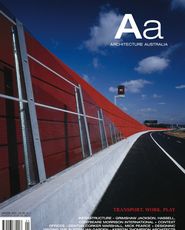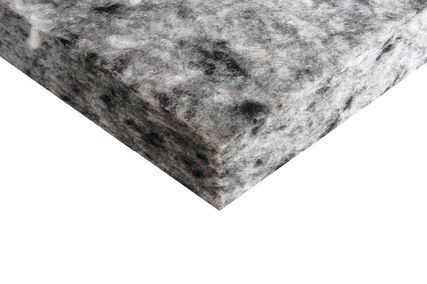What can new audiences make of early Modernism, as exhibited by the Deutsche Werkbund? Stephen Frith ambles through Neues Bauen International 1927|2002.
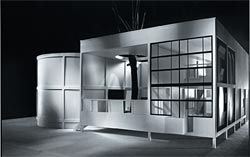
Le Corbusier, Pavilion de L’Esprit Nouveau, Paris, 1925.
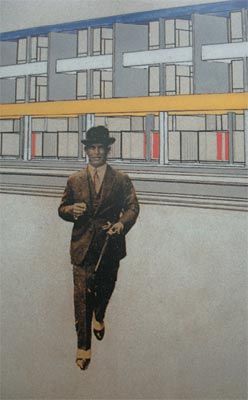
Detail from Cornelius Van Esteren, Cafe-Restaurant project, The Haag, c.1927.
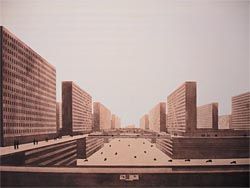
Ludwig Hilbersheimer, Vertical City, 1924.
The Design Gallery at the University of Canberra recently hosted Neues Bauen International 1927|2002, a new exhibition which aims to bring the Deutsche Werkbund exhibition that toured Europe from 1927–1930 to a contemporary audience.
The Deutsche Werkbund, a professional association, sponsored the construction of the Weißenhofsiedlung, an experimental housing estate. Planned by Mies van der Rohe and Ludwig Hilbersheimer, it exhibited the works of 17 architects. By 1927 the associated travelling exhibition was on the move across Europe promoting the Neue Bauen for a brave new future following the destruction of the war. This exhibition just preceded the 1929 Henry-Russell Hitchcock and Philip Johnson-curated MOMA exhibition, The International Style, and both assisted the legitimizing of the new style in Europe and in America.
The reconfigured exhibition, curated by Professor Karin Kirsch and her colleagues from the University of Stuttgart, does not replicate the earlier exhibition entirely.
Kirsch writes, “We wanted this exhibition to convey an impression of early Modernism and what the masters selected and we found again to stimulate discussion in pictures and models… It is much more an attempt to use the resources available today to bring this important event in Stuttgart in 1927 back to the forefront of people’s minds. What was important to the organizers, what has stood the test of time, and where are we today as far as architecture is concerned …” ›› Although 129 architects from 10 countries were involved, the subsequent “stars” were Le Corbusier, Walter Gropius, Ludwig Mies van der Rohe, and J.J.P Oud.
Frank Lloyd Wright was also represented, and it is interesting to observe through the drawings and models of the exhibition how influential Wright’s fluid planning was on the open plan tradition in Modernism, especially in the work of Mies van der Rohe. The exhibition was able to include work that the Siedlung couldn’t, and included the drawings and models of a greater diversity of architectural projects, such as those by Gerrit Reitveld, Mart Stam, El Lissitzky, Antonio Sant’Elia, Bruno Taut, and Hugo Häring. Many of the graphics and models are stunning, even quirky, such as C. von Esteren’s bowler-hatted man walking across a plaza in the Haag. Hilbersheimer was later to say of his contribution that the dystopic imagery of his vision of the city was more like the design for a necropolis than a city for living people. Other architects are known to have been radically influenced by the exhibition, such as Erik Gunnar Asplund, who visited the exhibition in both Göteborg and Stockholm in 1928, and whose work up to this point has been characterized as Nordic classicism. The critics of the day had mixed responses to the flat roof and machine aesthetic of the Weißenhofsiedlung, and the exhibition was in part an answer to them. The art critic Iakov Tugendkhol’d argued that the exhibit was a celebration of Le Corbusier’s strip fenestration and flat roof terraces. He saw the collection as “a kind of oriental town with cubic white houses”.
While the exhibition has now lost its shock value, what is amazing about the exhibits is their continued currency in contemporary architectural work, and the impact that the exhibition had on the architecture of the twentieth century.
STEPHEN FRITH IS PROFESSOR OF ARCHITECTURE AT THE UNIVERSITY OF CANBERRA.
THE EXHIBITION CAME TO AUSTRALIA UNDER THE AUSPICES OF THE GOETHE-INSTITUT SYDNEY AND THE IFA, INSTITUT FUER AUSLANDSBEZIEHUNGEN / INSTITUTE FOR FOREIGN CULTURAL RELATIONS.

